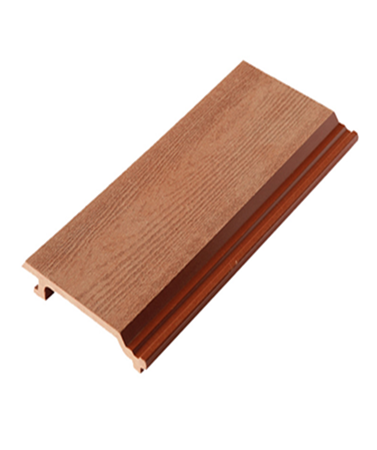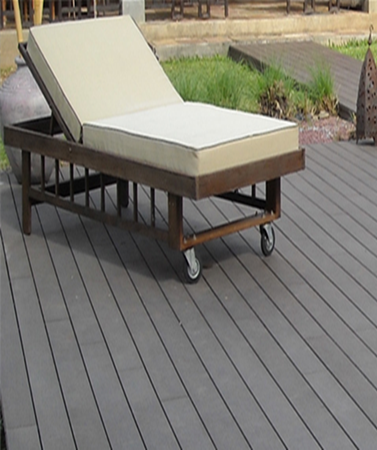 Unlocking the Future: Exploring the Uncharted Territory of WPC
Aug 08, 2023
Unlocking the Future: Exploring the Uncharted Territory of WPC
Aug 08, 2023
In the ever-evolving landscape of construction and design, innovative materials continually reshape the possibilities for creating sustainable, aesthetically pleasing, and structurally robust spaces. One such material that has been quietly revolutionizing the industry is Wood-Plastic Composite (WPC). While you might have heard of WPC before, this blog will take you on a journey to explore its uncharted potential and shed light on its lesser-known aspects.
A Fusion of Nature and Technology
At its core, WPC is a fusion of natural wood fibers and recycled plastic materials. It's a remarkable example of how technology can harness the strength and versatility of two seemingly disparate elements to create a material that exhibits the best of both worlds. The use of wood fibers provides WPC with a warm, natural appearance, while the plastic component grants it exceptional durability and resistance to environmental factors.
Sustainability Beyond the Surface
In an era where sustainability is a driving force behind design decisions, WPC emerges as a hero. Its reliance on recycled plastics not only diverts these materials from landfills but also reduces the demand for virgin plastics. This unique eco-friendly aspect contributes to a reduction in overall carbon footprint, making WPC an attractive choice for environmentally conscious projects.
Reshaping Outdoor Spaces
WPC's versatility knows no bounds. While it is gaining traction as an indoor flooring material, its true potential shines outdoors. WPC decking has become a game-changer for designing outdoor spaces that seamlessly blend functionality with style. Its resistance to moisture, UV rays, and pests make it an ideal choice for decks, patios, and even poolside areas.
Exploring Architectural Boundaries
Beyond traditional uses, architects and designers are pushing the boundaries of what WPC can achieve. From artistic installations to intricate facades, WPC is showing its adaptability in various architectural applications. Its ability to be molded into various shapes and sizes while retaining its structural integrity opens doors to creative experimentation.
The Road Ahead
While WPC has already made a significant impact on the construction industry, its potential is far from exhausted. Ongoing research and development are exploring new avenues for enhancing its properties, such as fire resistance, acoustic performance, and advanced surface finishes. As technology evolves, WPC is set to continue its transformative journey, promising an even brighter future for sustainable construction.
In a world where innovation drives progress, Wood-Plastic Composite stands as a testament to the power of creative thinking and the boundless potential of materials science. Its unique combination of natural aesthetics, durability, and environmental responsibility positions WPC as a frontrunner in the quest for sustainable, stylish, and future-proof construction materials. As we continue to explore its uncharted territory, one thing is certain: the story of WPC is far from over. It's a story that architects, designers, and visionaries are actively writing, shaping a future where form and function harmoniously coexist. Wisdom supply various wpc products,custom from www.wisdombuildingmaterials.com.

 Unlocking the Future: Exploring the Uncharted Territory of WPC
Aug 08, 2023
Unlocking the Future: Exploring the Uncharted Territory of WPC
Aug 08, 2023
 WPC Composite Decking vs. First-Generation Composite: Which is the Better Choice for Your Deck?
May 11, 2023
WPC Composite Decking vs. First-Generation Composite: Which is the Better Choice for Your Deck?
May 11, 2023